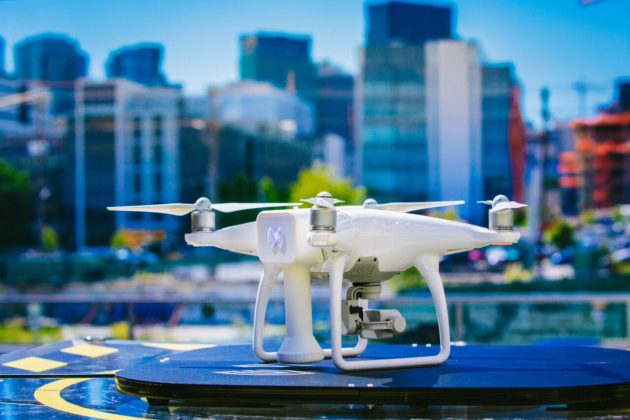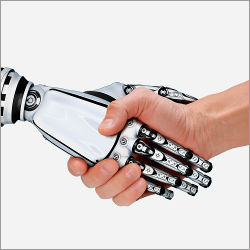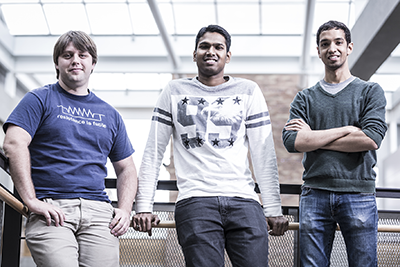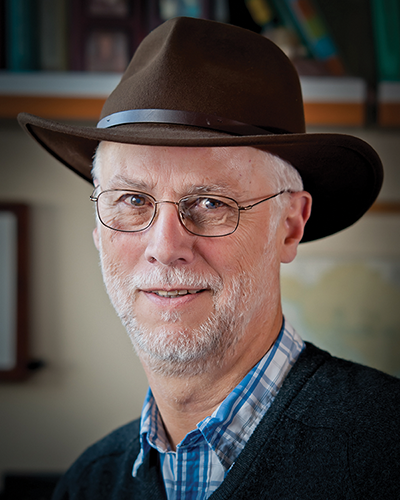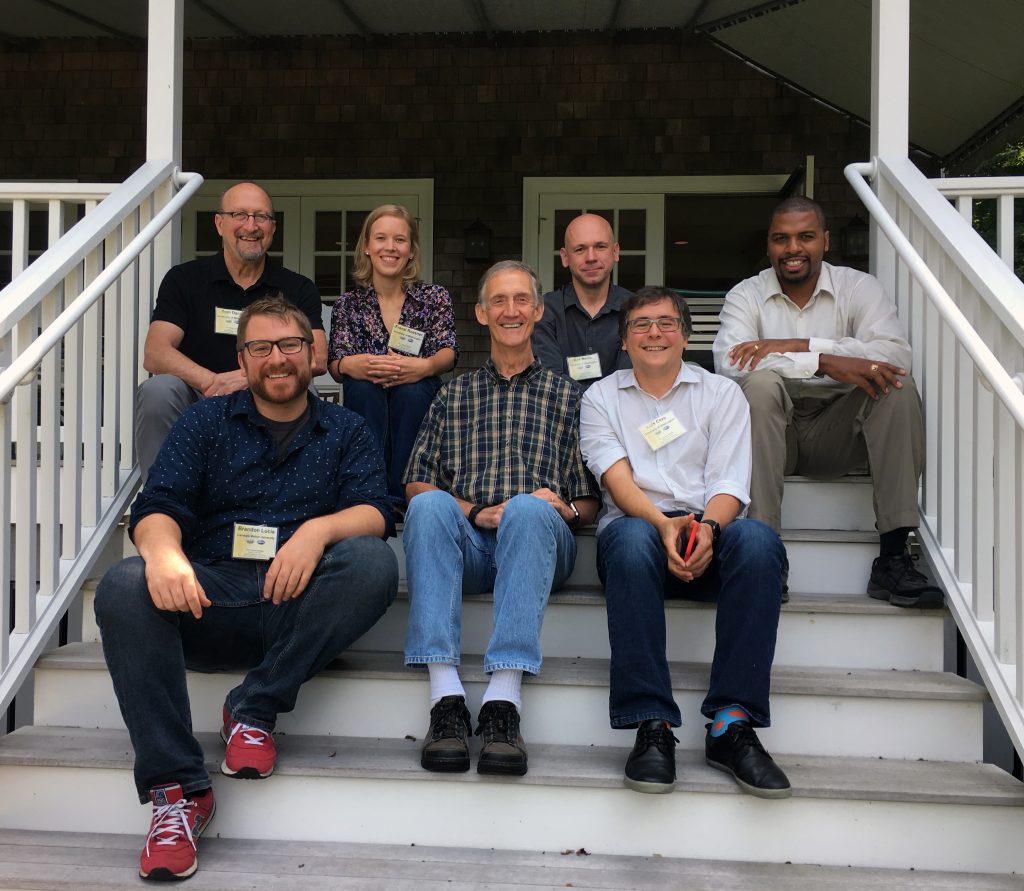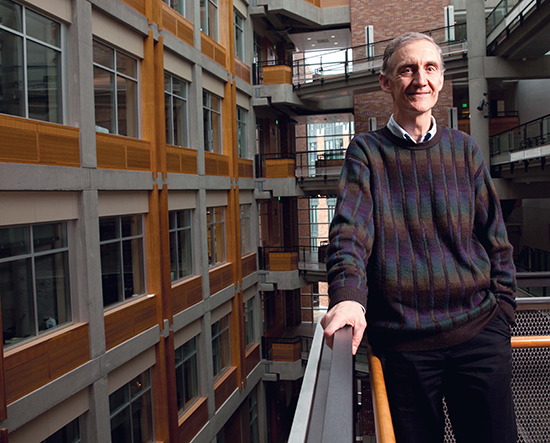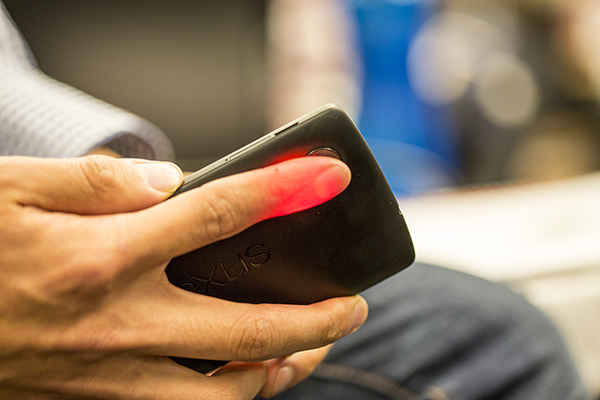 Researchers in UW’s UbiComp Lab led by CSE and EE professor Shwetak Patel have developed a new mobile tool that enables the non-invasive monitoring of blood hemoglobin. HemaApp uses a smartphone’s camera flash to shine light through a patient’s finger and analyzes the color of his/her blood to estimate the concentration of hemoglobin. The app provides a way to screen for anemia and other conditions, and to monitor patients’ response to treatment, without the pain or risk of infection associated with blood draws—particularly in low-resource settings.
Researchers in UW’s UbiComp Lab led by CSE and EE professor Shwetak Patel have developed a new mobile tool that enables the non-invasive monitoring of blood hemoglobin. HemaApp uses a smartphone’s camera flash to shine light through a patient’s finger and analyzes the color of his/her blood to estimate the concentration of hemoglobin. The app provides a way to screen for anemia and other conditions, and to monitor patients’ response to treatment, without the pain or risk of infection associated with blood draws—particularly in low-resource settings.
From the UW News release:
“In an initial trial of 31 patients, and with only one smartphone modification, HemaApp performed as well as the Masimo Pronto, the more expensive Food and Drug Administration-approved medical device that non-invasively measures hemoglobin by clipping a sensor onto a person’s finger.
“‘In developing countries, community health workers have so much specialized equipment to monitor different conditions that they literally have whole bags full of devices,’ said lead author and UW electrical engineering doctoral student Edward Wang. ‘We are trying to make these screening tools work on one ubiquitous platform — a smartphone.'”
HemaApp is not intended to replace blood tests completely; rather, it provides an effective and low-cost way for providers to initially screen patients and determine whether more invasive testing is needed. The app is the latest development from UW CSE’s UbiComp Lab that makes use of smartphones’ increasingly sophisticated sensing capabilities to provide low-cost, mobile health care solutions. Others include BiliCam, which uses a smartphone’s camera to screen for newborn jaundice, and SpiroSmart, which uses a smartphone’s microphone to measure lung function.
According to Patel, “We’re just starting to scratch the surface here. There’s a lot that we want to tackle in using phones for non-invasively screening disease.”
The research paper was co-authored by EE undergraduate researcher William Li, pediatric oncologist Doug Hawkins of Seattle Children’s Hospital, and hematologist Terry Gernsheimer and research nurse Colette Norby-Slycord of UW Medicine. The team will present HemaApp at the UbiComp 2016 conference taking place next week in Heidelberg, Germany.
Read the full news release here, and watch a video demonstrating HemaApp here. Check out coverage of HemaApp in MIT Technology Review, Engadget, New Atlas, and Digital Trends. Read more →


